On 12 November, GHA hosted a briefing on Leishmaniasis for civil society organisations in its Brussels’ office. Jorge Alvar, Head of Leishmaniasis Clinical Programme, and Julia Fährmann, Fundraising Coordinator, at the Drugs for Neglected Diseases Initiative (DNDi) explained that leishmaniasis is a poverty-related disease often associated with wars and weak health systems. It is transmitted by sand flies and assumes several different forms, of which the most common are:
- Visceral Leishmaniasis (VL) (also known as kala azar), which is fatal and characterised by prolonged fever, enlarged spleen and liver, substantial weight loss and progressive anaemia,
- Cutaneous leishmaniasis (CL), which usually presents as ulcers on exposed body parts.
The impact of leishmaniasis is devastating. VL affects poor populations living in remote areas of over 80 countries across Asia, East Africa, South America, and the Mediterranean region. 300,000 new cases are estimated to develop every year. The seven most affected countries – Bangladesh, Brazil, India, Ethiopia, Kenya, Nepal, and Sudan – represent over 90% of new cases. Lack of surveillance systems and frequency of disease in remote areas and marginalized populations make it difficult to calculate mortality, although it is estimated that VL kills 40,000 people every year. CL has a wider geographic range, with the majority of cases occurring in Afghanistan, Algeria, Colombia, Brazil, Iran, Syria, Ethiopia, Sudan, Costa Rica and Peru. It is estimated that every year one million new cases of CL occur in over 98 countries.
Leishmaniasis should not only be a concern of poor countries. In fact, a recent epidemic burst in Madrid, Spain, affecting around 500 people, most of whom were HIV-positive. “Co-infection with other infectious diseases is an increasing concern. It has been reported already in 35 countries worldwide and almost all clinically symptomatic patients die within months if untreated” said Julie Fahrmann. While the number of treatments for VL and CL has increased in the past decade, there are several drawbacks, notably difficulty in administration, length of treatment, toxicity, cost, and increasing parasitic resistance. “Apart from being extremely painful and requiring trained health professionals and structures to be inoculated, current treatments have serious side effects and are not affordable for most patients” explained Jorge Alvar. Furthermore, there are increasing reports of emergence of drug resistance.
An oral, safe, effective, low cost and short-course treatment is therefore essential. Unfortunately, the majority of health research and development is not geared towards the needs of people in poor countries, as drugs are developed on the basis of their market potential rather than priority health needs. In this context the pressure of the global health community for increased R&D funding for poverty-related and neglected diseases is crucial to ensure that DNDi achieve its aim of delivering VL- and CL-specific treatments by 2018.
More information about DNDi’s work on Leishmaniasis here.



